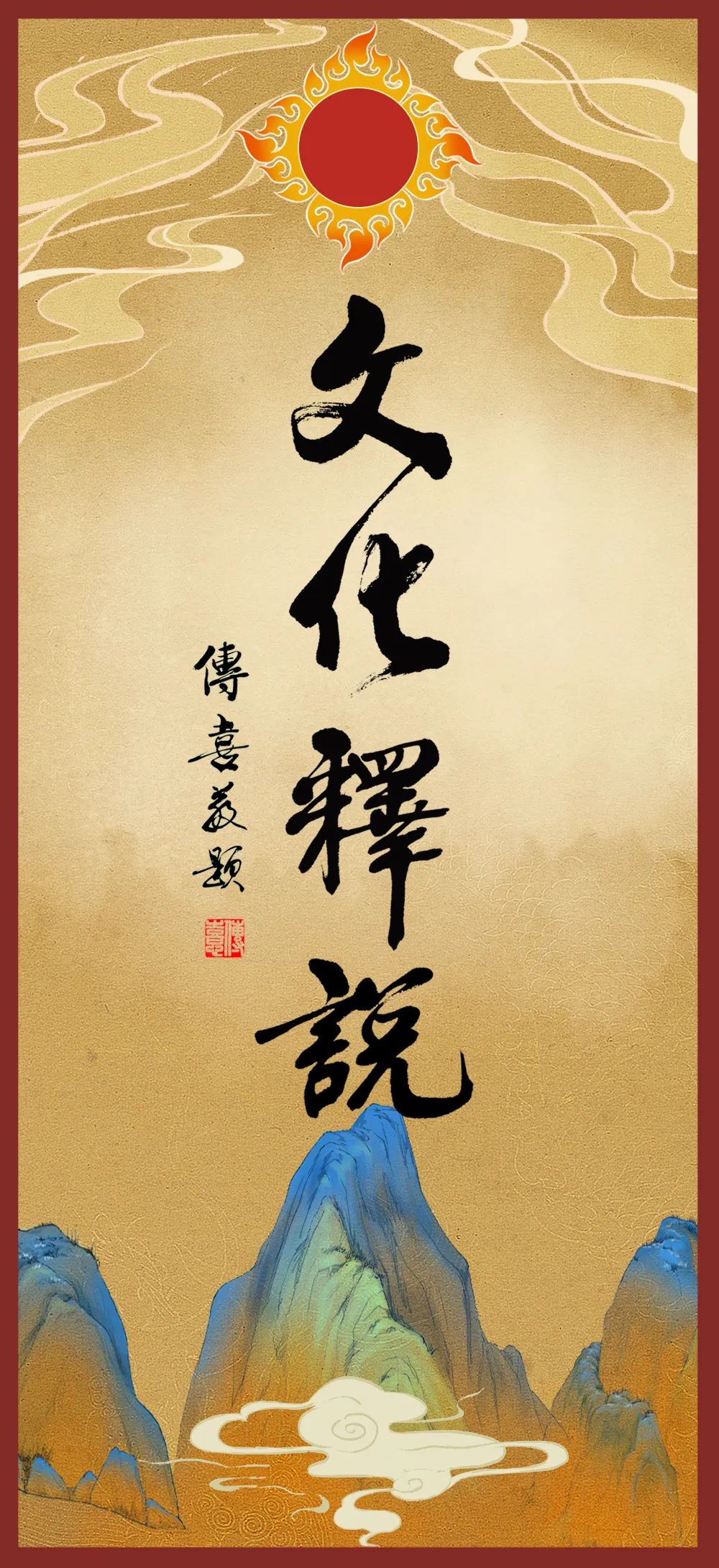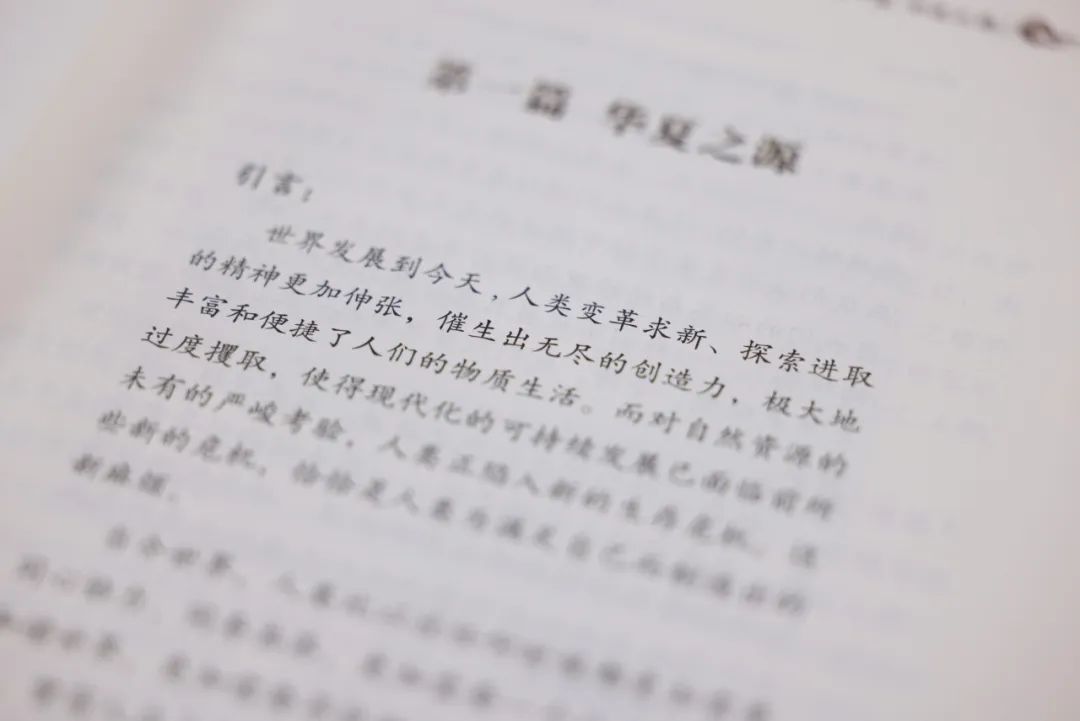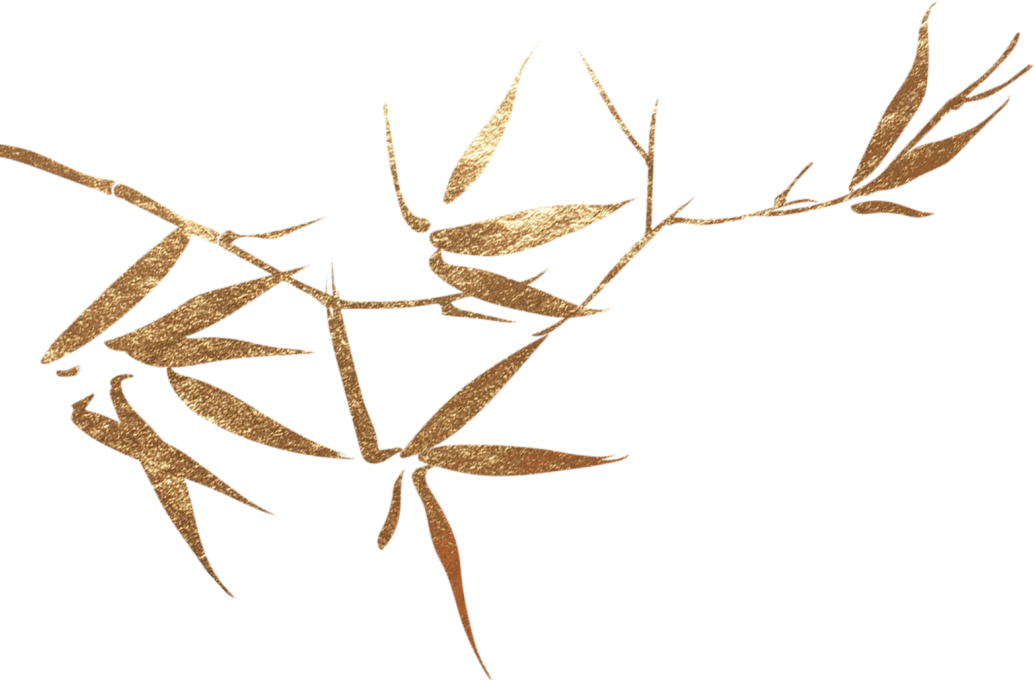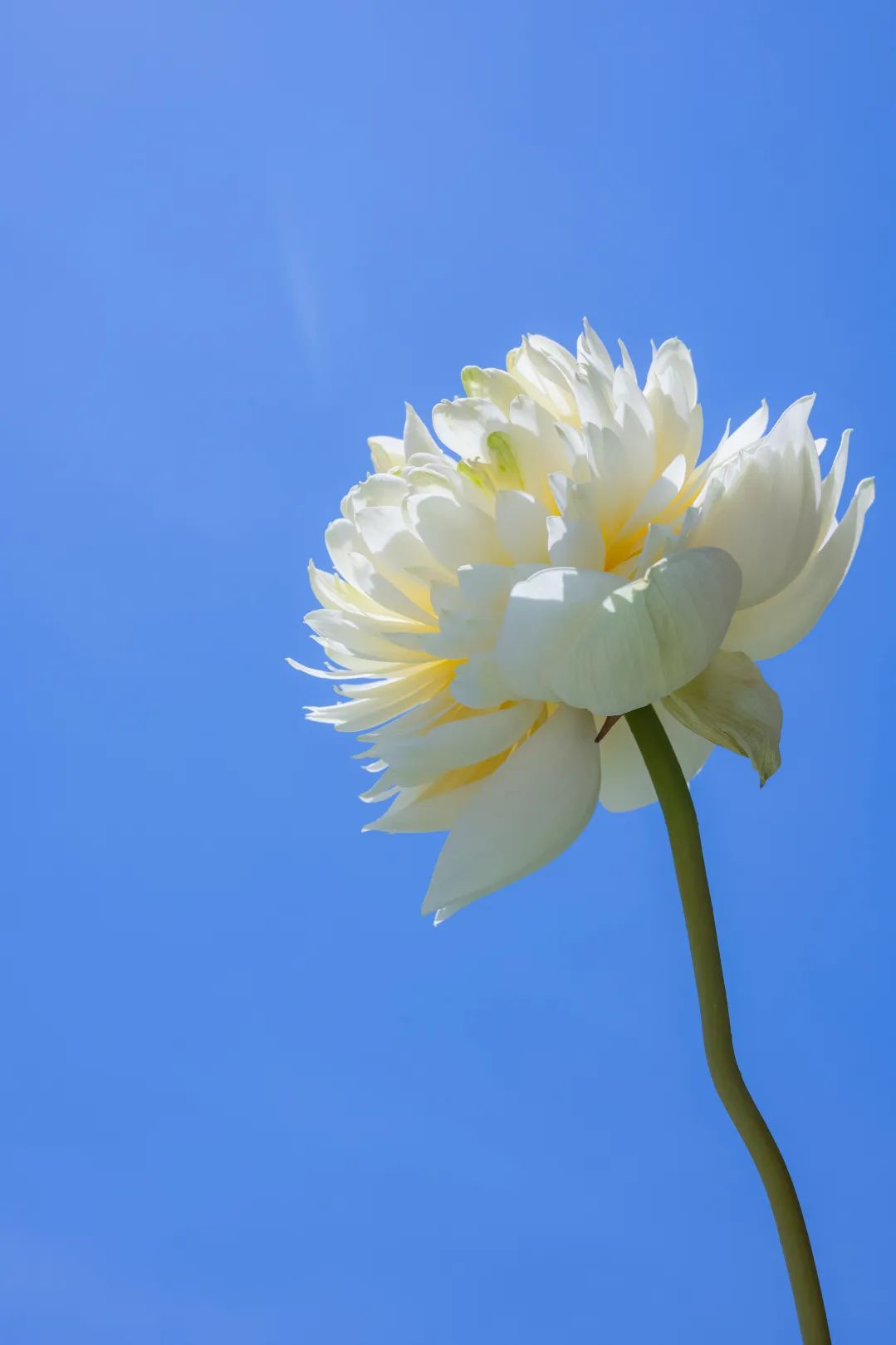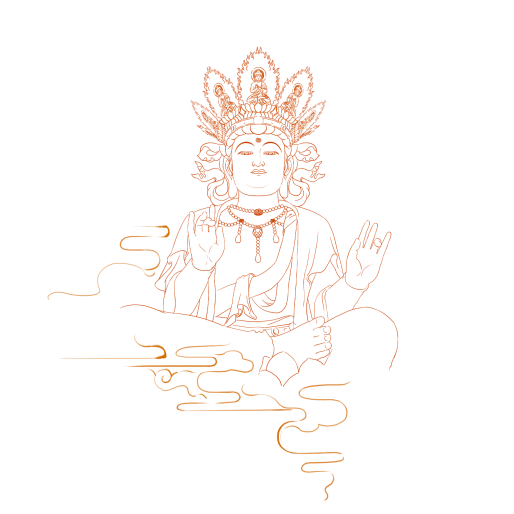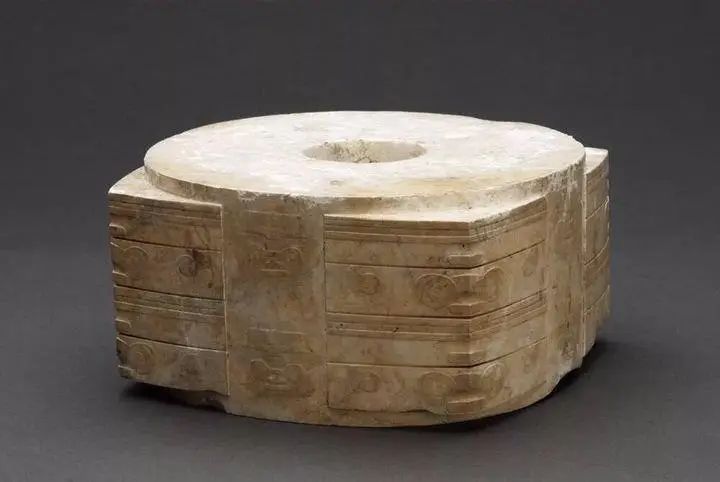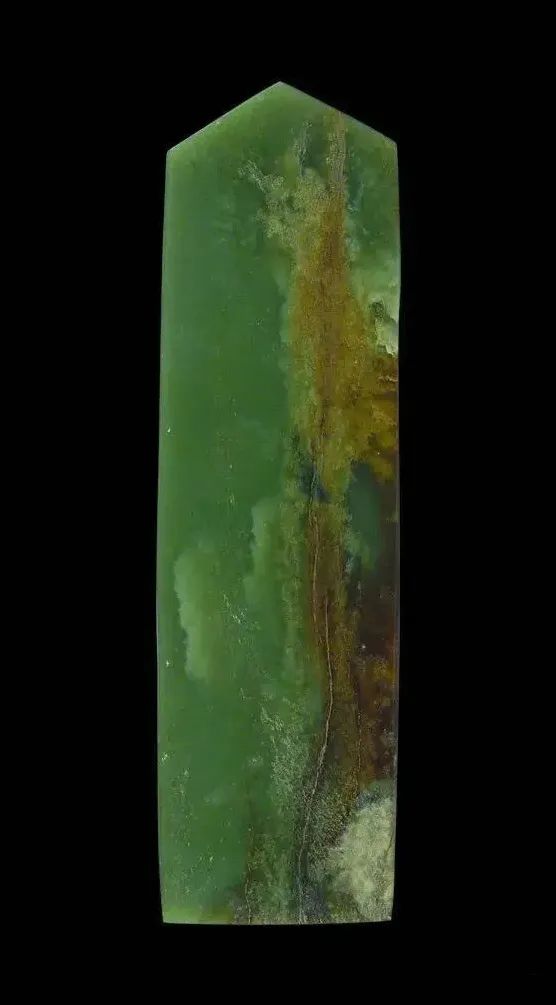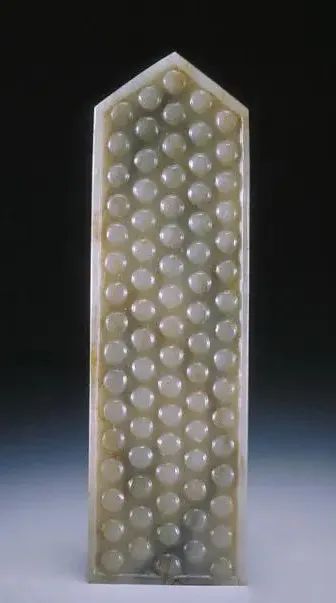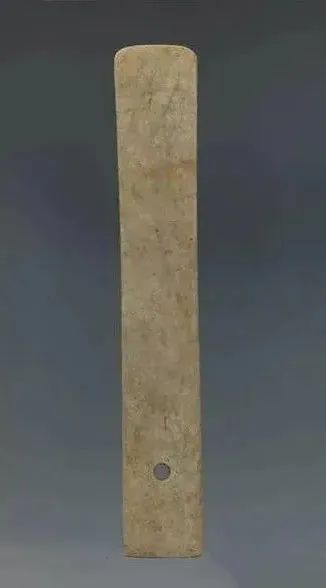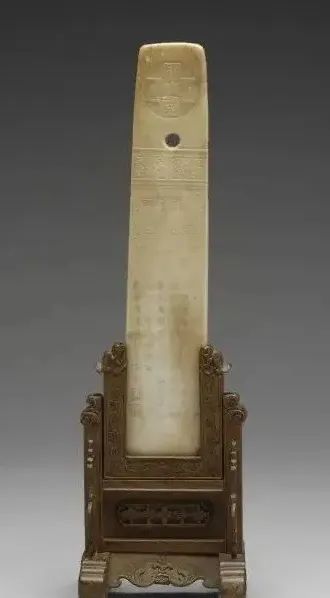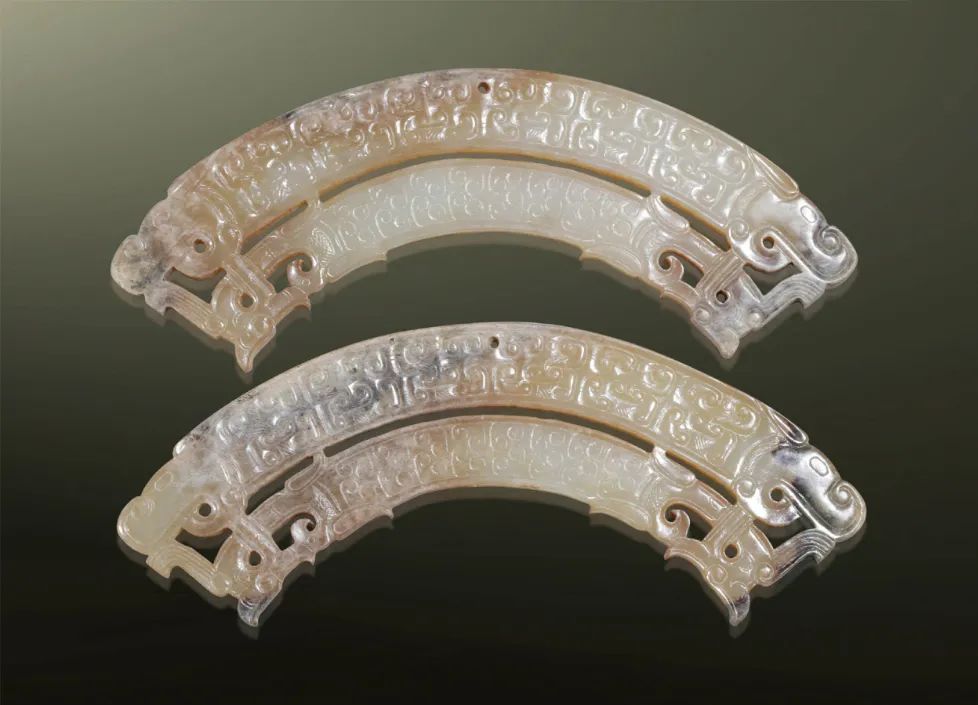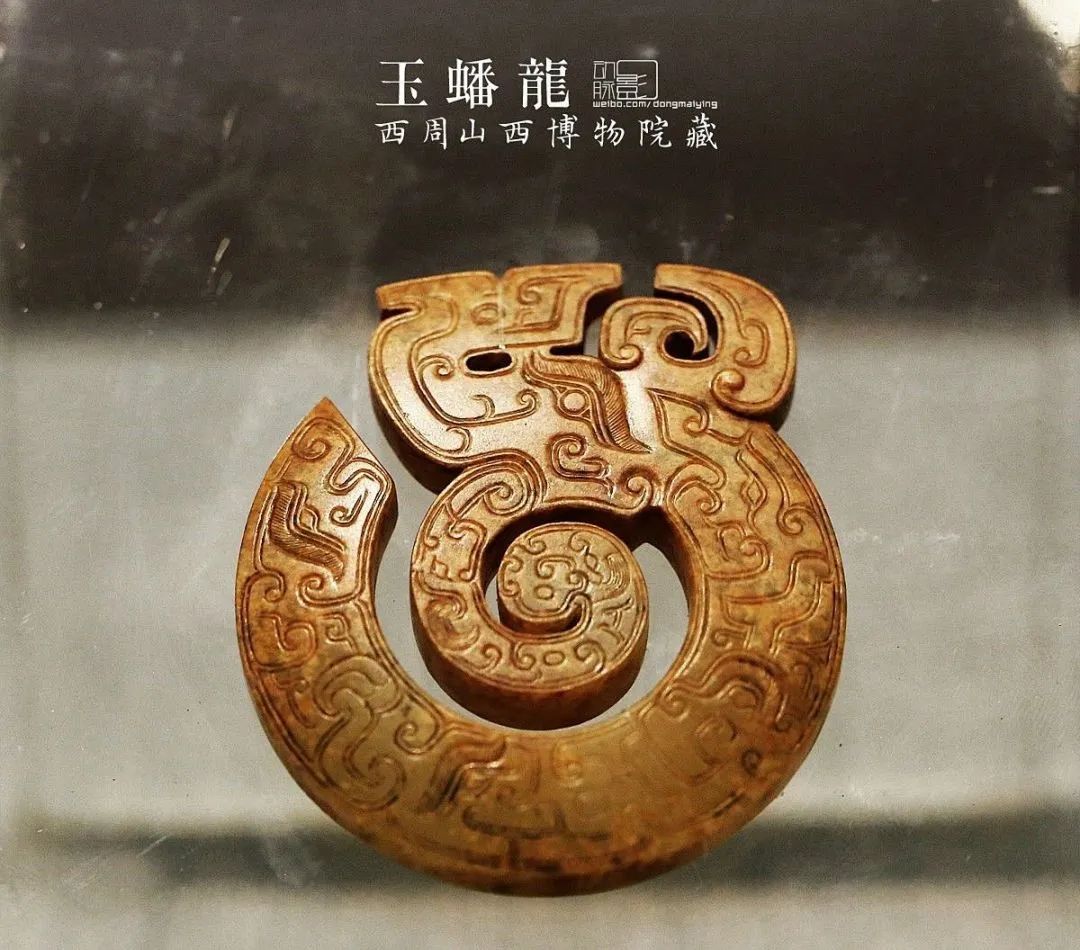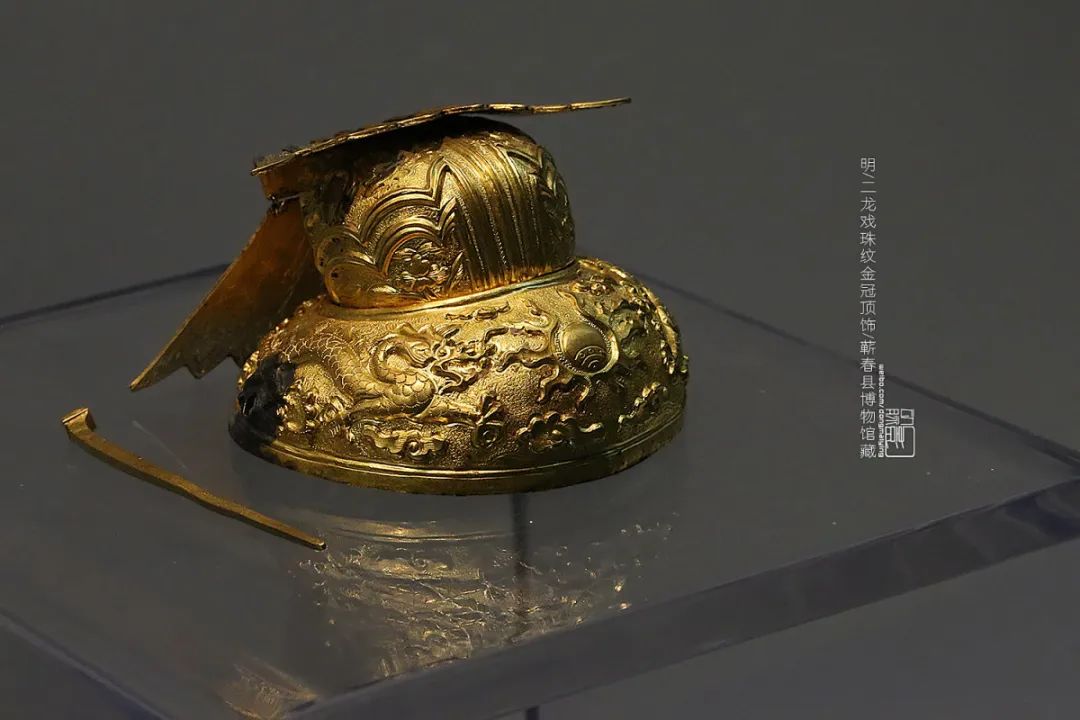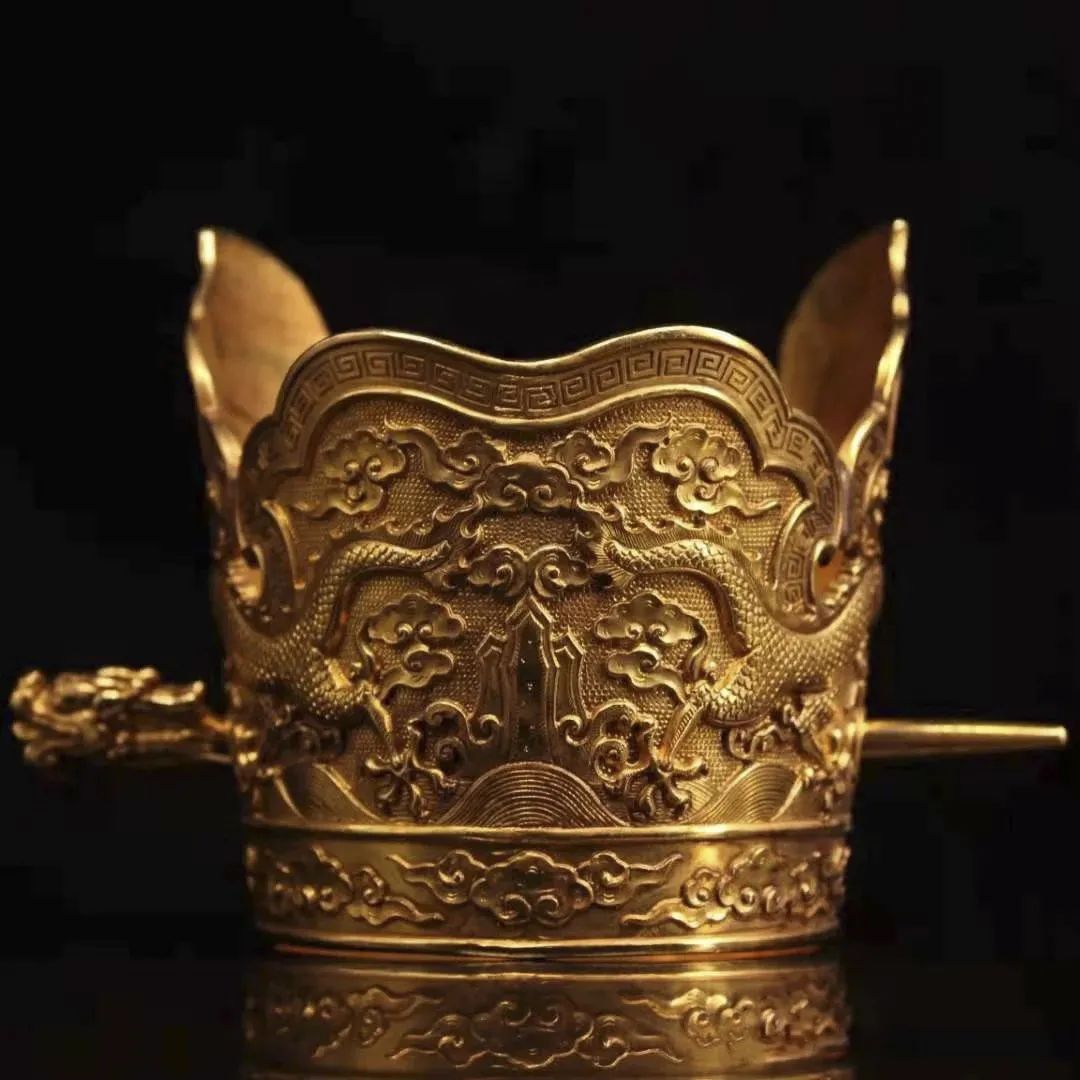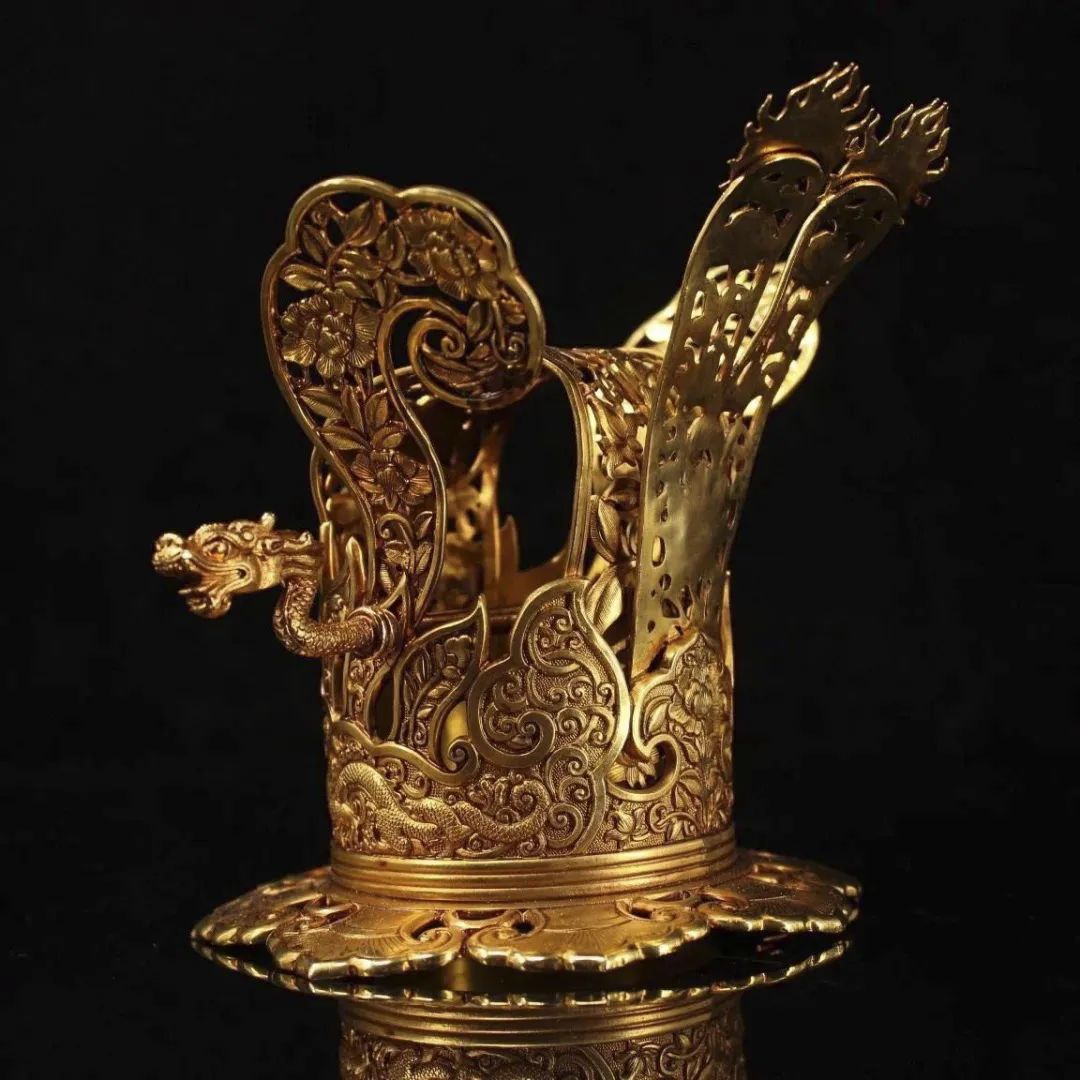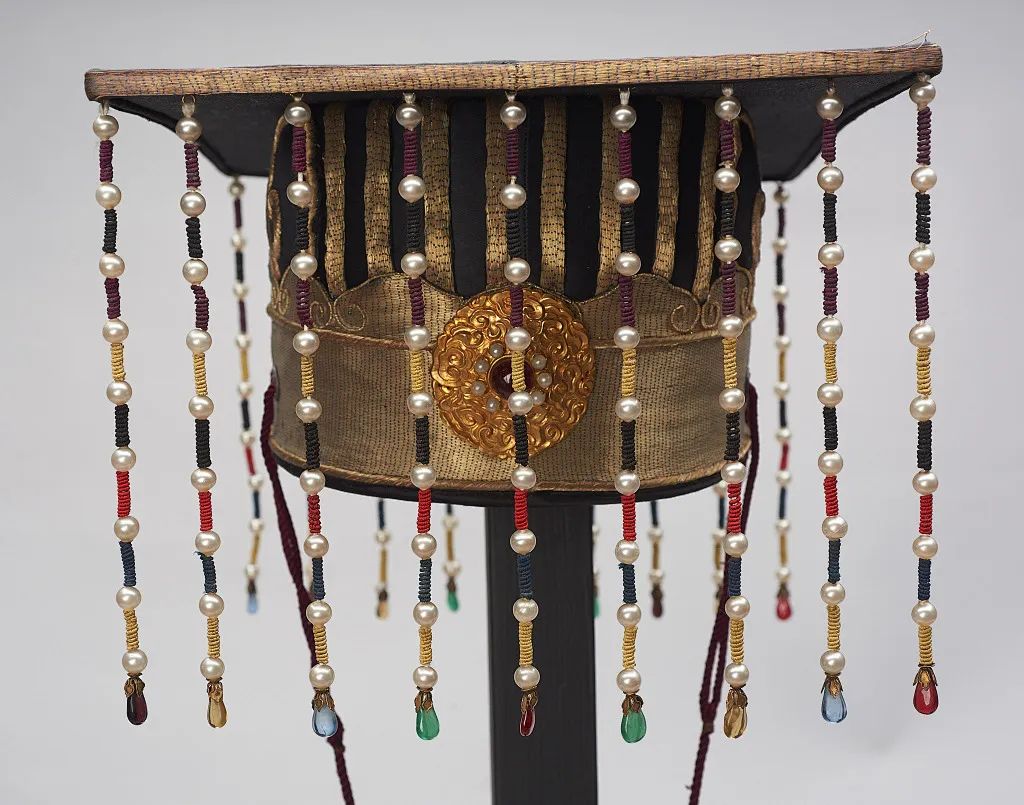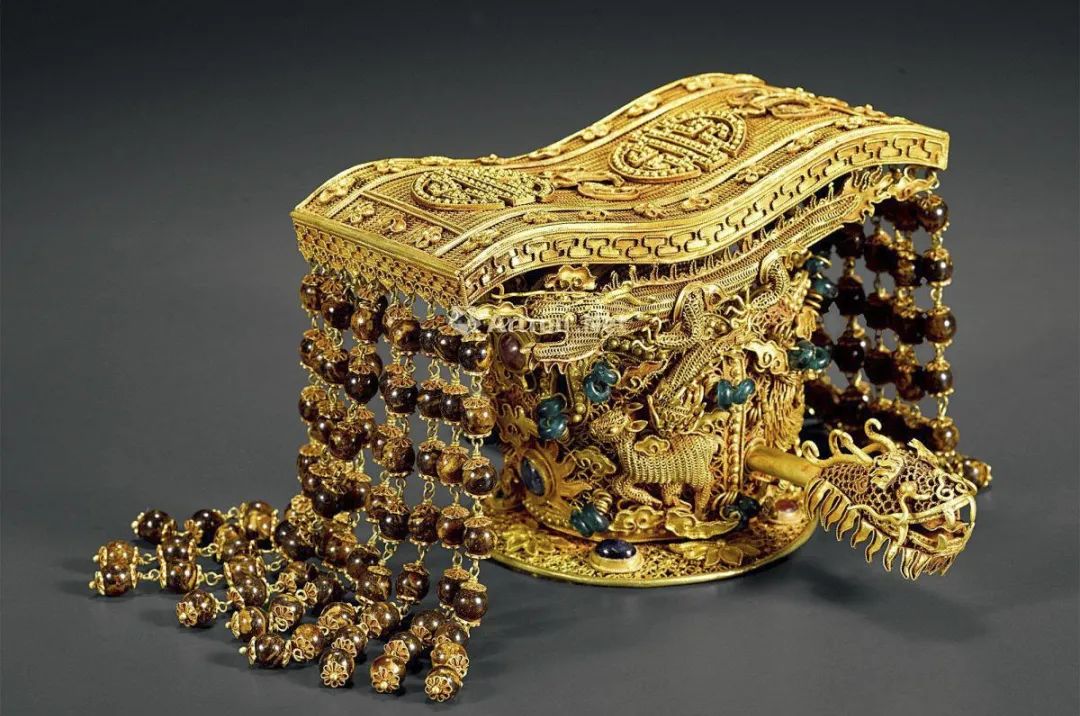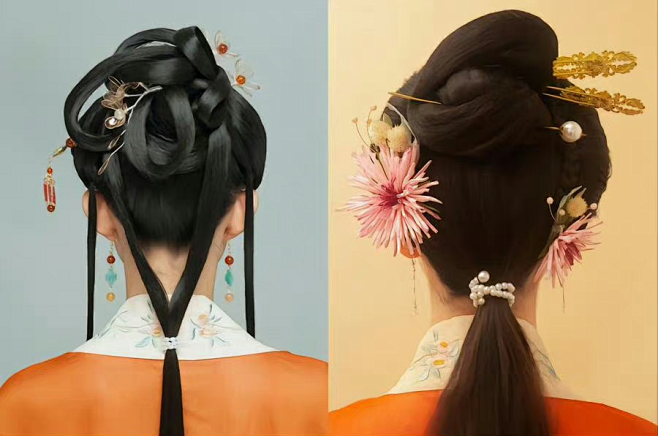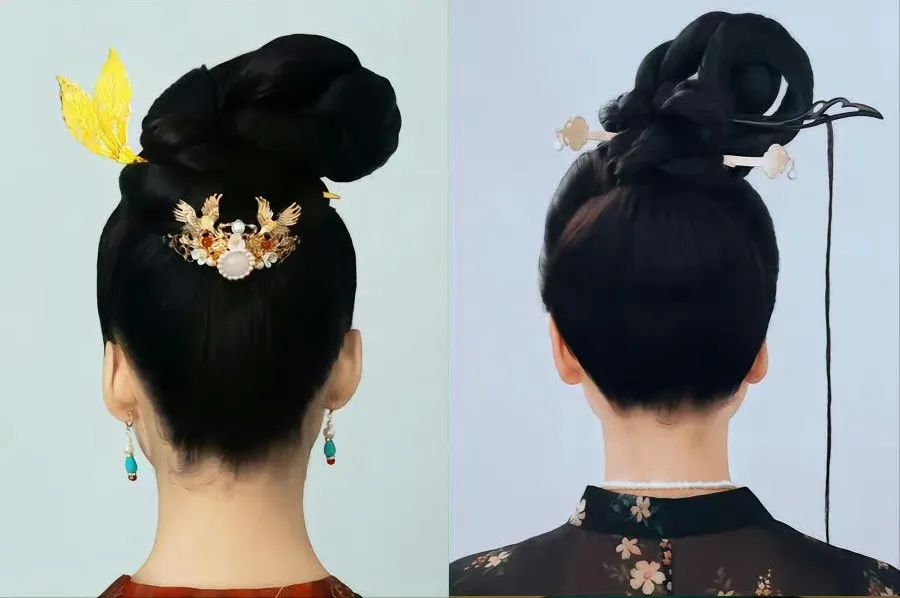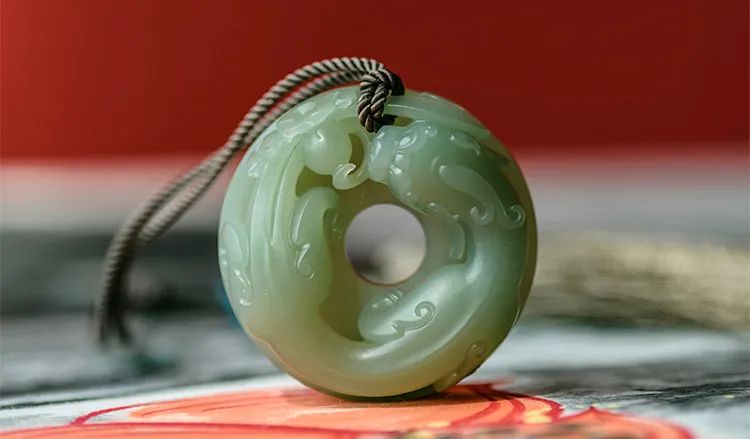何谓“华夏”?
What is meant by ‘Hua Xia’?
何谓“华夏”?《春秋左传正义》云:“中国有礼仪之大,故称夏;有服章之美,谓之华。”“华夏皆谓中国,而谓之华夏者,夏,大也。言有礼仪之大,有文章之华也。”
What is meant by ‘Hua Xia’? The Correct Meaning of the Commentary of Zuo on the Spring and Autumn Annals says, ‘The Middle Kingdom possesses the greatness of ceremonial propriety; as such, it is called xia (great). It has the beauty of costume and emblems; as such, it is called hua (splendid).’ ‘Both hua and xia refer to the Middle Kingdom, and that which is known as Hua Xia is great. Hence, it is said there is greatness of ceremonial propriety and splendour of literary works.’
中国者,睿智之所居,万物之所聚,贤圣之所教,仁义之所施,礼乐之所用。“中国”的名称已很久远,“中”这个字,内涵深刻。人类的文明是有次序的,它的次序越严谨,其文明程度越高。华夏文明的次序在礼仪中彰显,在服章中流溢。
The Middle Kingdom is the place where the wise and intelligent reside, myriad objects gather, saintly sages teach, benevolence and righteousness is exercised, and propriety and decorum put to use. The name ‘Middle Kingdom’ has a very long history. The meaning of the character zhong (middle) is deep. There is orderliness in human civilization. The higher the orderliness, the more refined a civilization is. The orderliness of the Hua Xia civilization can be seen in its ceremonial rituals, and brims within its costumes and emblems.
华夏自古就是崇礼尚义的文明之邦。礼仪,古体为禮儀。这个“禮” 字,左边偏旁从示,右边“豊”表器皿,是祭神的一种仪式。
Hua Xia has always been a sovereignty that valued propriety and esteemed righteousness. The old script for the character li (propriety or ceremony or decorum) includes the character shi (display or show) to the left and the character li (ancient ritualistic instrument) which stands for ‘instrument’ or ‘vessel’ to the right – meaning a ritual of worship.
在举行仪式的过程中,人和神,换而言之,低级生命和高级生命之间进行交流乃至升华。
In other words, during the process of the ceremonial ritual, the human and the divine – one a lower life-form; and the other, a higher one – interact with each other to become enhanced.
自尧舜垂衣裳而天下治以来,华夏文明逐渐形成了五礼之说。
Since the time ‘Yao and Shun handed down [the custom of] clothing and government of the people thought was made possible’, the so-called ‘Five Proprieties’ of the Hua Xia civilization gradually took form.
以五礼之首的吉礼来说,祭祀就是守道的一种仪轨,祭祀有三类:天神、地祇和人鬼。天神称祀,地祇称祭,宗庙称享。在古代,祭祀有严格的等级。天子祭天神地祇,诸侯大夫祭山川,士庶只能祭自己祖先和灶神。清明节、端午节和重阳节是传统的祭祖日。
The first among the Five Proprieties is the Propriety of Auspiciousness. Worship and the offering of sacrifices is a ritual for staying on the Dao. There are three kinds of objects of worship and sacrificial offering: the divine gods, the earthly deities, and the humans and the ghosts. We worship the divine gods, make offerings to the earthly deities, and make sacrifices in the temples. In ancient times, there was a strict hierarchy for worship and the making of sacrificial offerings. The Son of Heaven worshipped the divine beings and the earthly deities; the dukes and ministers, the mountains and the rivers; and the common people, only their own ancestors and the god of the stove. The Qing Ming, Duan Wu, and Chong Yang are traditional festivals for the worshipping of one’s ancestors.
祭祀本是低级生命与高级生命之间的交流感应,然而今天的人们一提及祭祀,却完全没有这个概念,许多人还误以为那是巫婆神汉的文化。其实不然,在一些令人产生敬畏之心的词语里,我们体悟到的 多是生命升华的洗礼。譬如:礼祠即以礼祭祀;礼诵即礼佛诵经。
Worship and the making of offerings were originally the interaction and mutual resonance between a lower and a high life-form. However, people now are completely clueless with regard to this concept whenever worship and the making of offerings is mentioned. Many still mistake that as the culture of witches and clairvoyants. In fact, it is not. In some of the phrases that arouse a sense of respect and reverence in us, what we experience mostly is a baptism of the sublimation of life. For example, ritualistic worship is to rely on the rules of propriety to worship and make sacrificial offerings, and ritualistic chanting is to pay respects to the Buddha and chant the sutras.
作为祭器和礼器,玉器大致有璧、璋、琥、琮、圭和璜六类,常常在国家祭祀中,用作祭天和祭神等等。以玉作器,礼天地四方:以苍璧礼天,以黄琮礼地,以青圭礼东方,以赤璋礼南方,以白琥礼西方,以玄璜礼北方。
Instruments made of jade to be used in worship and the making of offerings can be of generally six kinds: Bi, Zhang, Hu, Cong, Gui, and Huang. They have often been used in state worshipping ceremonies for the making of offerings to heaven and deities.
我们今天着重讲璧、琮、圭和璜。
Today, our emphasis will be on the bi, the cong, the gui, and the huang.
首先讲璧,“苍璧礼天”。璧表天,表无形。琮里面有一个洞,璧当中也有一个洞。这个洞就代表“道”,用现代词汇可以叫“虫洞”,也可以说是超越时空的一个隧道,是低级文明和高级文明之间的一个通道。
We will talk about the bi first – ‘[using] the pale bi to pay respects to heaven’. The bi represents heaven, and that which is without form. There is a hole in the cong, and one in the bi as well. This hole represents the ‘path’. To employ a modern term, we can call it a ‘wormhole’, that is to say, a tunnel through which time and space can be transcended. It is a link-way that connects a less advanced civilization to a more advanced one.
其次讲琮,黄琮礼地,琮表地,表有形。如果把琮放大一些,有点像我们佛教的宝塔,但是琮是中空的。玉琮天圆地方,传递了上古 的宇宙观,代表有形与无形之间可以互换,用当代量子力学观点讲, 就是物质与能量可以互换。
Next, we talk about the cong. The yellow cong is for the paying of respects to the earth. The cong represents the earth, and that which has form. If we enlarge the cong, it will become a little like a Buddhist stupa. However, the cong is hollow at the centre. The jade cong is round at the top and square at the bottom as a symbol of ancient cosmology. It represents the interchangeability of forms and the formless. To explain it using quantum physics, this means that matter and energy are interchangeable.
再次讲圭,圭表君。玉圭,锐上方下。西周时期许多诸侯朝觐周王时,都手持一件重要的礼器——圭。
We next go on to talk about the gui. The gui represents the lord. The jade gui is pointed at the top and square at the bottom. In the Western Zhou period, many of the dukes had all carried this important instrument in their hands when they attended court to see Emperor Zhou.
为什么在皇帝面前,要捧着这个礼器?它就是一个密码,一个人天相应和人天合一的科技密码。
Why did one need to carry this instrument in front of the emperor? It was a secret code; a technical code for the mutual resonance between man and heaven, and the unison of man and heaven.
最后讲璜,璜表亲,有血缘关系的宗亲眷属。半壁曰璜。璜之形, 仿彩虹,呈倒挂状,以玄璜礼北方。
Lastly, we talk about the huang. Huang represents kin – clansmen and relatives who are linked by blood-ties. Half a bi is called a huang. The shape of the huang is an imitation of that of a rainbow. It is hung upside down. A hanging huang is used to pay respects to the North.
所以,四大礼器就代表了天地君亲。
As such the four great ritualistic instruments represent heaven, earth, the lord, and kin.
怎么样来面对天地君亲?我今天就带来一个远古时代的出土文物,这是一条龙,首尾相接,形成一个璧的形状。远古时代的璧玉,已经雕刻得非常精美。璧表“天”,这个天不是像空气一样的天。它是全信息的,可以是六维、七维、八维或者十维,相当于我们现在讲 的大数据或者云计算的概念。
How are we to treat heaven, earth, the lord, and kin? Today, I have brought along an artifact unearthed from the ancient times. It is a dragon, with its head joining its tail to form the structure of a bi. In the ancient times, jade carving of bi was already very exquisite and splendid. The bi represents heaven. This heaven is not like the sky which is void. It is all-encompassing; it can be six-dimensional, seven-dimensional, eight-dimensional, or ten-dimensional – similar to the concepts of big data and cloud computing we have now.
古人讲“天网恢恢, 疏而不漏”,我们的起心动念,在“天”的大数据库里都会刻下痕迹。
People in ancient times said, ‘The net of heaven is large and extensive; its meshes may be coarse but it lets nothing through.’ When our mind is aroused or when ideation arises in us, a trace will be left in the big data storehouse of heaven.
比如说“慎独”,一个人独处时自己的行为也要谨慎不苟,不要以为你在房间里胡思乱想,不会有人知晓。虽然没有摄像头,但是人的修为不能松弛。中国人的道德来自于“道”,所以这个“天”是活灵活现的,是充满勃勃生机的。
Let us talk about ‘vigilant solitude’ for instance. When one is alone, one has to be watchful, vigilant and austere. Do not assume that no one will ever know your wildest thoughts and wishes when you are in your own room. Although there are no cameras in the room, you should not slack in your personal cultivation. Morality of the Chinese comes from the Dao. ‘Heaven’ here is therefore a vibrant manifestation, and it is full of life.
玉璧和玉琮,当中为何皆有一洞?
Why is there a hole in the centre of both the jade bi and the jade cong?
这个洞就代表“道”,你可以说是虫洞,也可以说是超时空的一个隧道,低级文明与高级文明之的一个通道。讲到这里的时候,大家是否有些启发,何谓中国的“中”?
This hole represents the Dao. You can say it is wormhole, or a passage that transcends time and space that links a less advanced civilization with a more advanced one. When we reach this part, has everyone been inspired to wonder about the character Zhong (‘middle’ as in ‘middle kingdom’)?
中就是那个“洞”,玉璧和玉琮当中那个洞,仿佛世俗社会与神圣世界有一条无形的线贯通着,低级生命与高级生命之间可以相互来往,相互沟通。
Zhong is that hole, that hole in the jade Bi and the jade Cong. It is as if a formless thread has linked the mundane world to the world of the divine sages, so that there can be interaction and communication between the lower and the higher life forms.
中国人以龙的传人为荣,龙从云,龙是踏云而行。可以这么说,人类有可能来自高级文明,我们祖先的智慧更接近那些高等智慧, 更接近宇宙的真相。在人类的起源上,佛陀在《起世经》中,详细宣讲了宇宙的形成和发展以及人是如何来到地球上的。人类来自于光音天,最初可以在天地间来去自由,每个人身上有光明,能量场非常大。当时的地球,地表有许多地肥,有人就拿手沾一点品尝,觉得味道不错。久而久之,吃得多了,体重增加,再也飞不起来,就留在了地球上。
The Chinese are proud to be the heirs of the dragon. The dragon follows after the clouds. It treads on the clouds as it moves. It can be said that humanity came from an advanced civilization. The wisdom of our forefathers was more similar to those with advanced intelligence and closer to the truth of the universe. As to the origins of humanity, the Buddha explains in detail in the Agganna Sutta how the universe has formed and come to be, and how man has arrived on earth. Humans came from Light Sound Heaven. In the beginning, they could travel freely between the earth and the heavens. Everyone emitted light from their body, and had great energy fields. As there was much grease on the surface of the earth then, someone had picked up the grease to try it and found that it did not taste bad. As time went by, everyone ate too much of the grease and put on weight such that they had to remain on earth since they could not fly anymore.
所以,无论华夏文明,还是其他文明,我们人类肯定不是猴子变的。现在世界上一百多位著名的生物学家和生命学家,都否认人是从猴子变来的。
Therefore, whether it is the Hua Xia or another civilization, we certainly did not change from the monkey. Presently, there are more than 100 biologists and life scientists who all reject the idea that man came from the monkey.
地球生命在三维空间里实现着有序的遗传,每个人都有心性,心性有智慧能量。如果一定要用唯物主义来区分的话,心性极其细微,我们或许可以用物理概念,把它理解为能量场,能量团或者能量因子等等。
Life on earth perpetuates in an orderly manner within three-dimensional space. Everyone has the nature of a mind which possesses wisdom and energy. If we have to analyze it through the perspective of a materialist, the nature of the mind is extremely subtle. We could perhaps employ the concepts of physics to understand it as an energy field, an energy sphere, an energy factor, and so forth.
现在我们获得的知识有些已经过时,比如生物学,在达尔文进化论的基础上又有了很大发展,物理学也有了许多新的理论观点。我们今天谈论的很多概念,都可以跟现代科学理论接轨。
Some of the knowledge we have now is already outdated. Like in biology, a lot of great development has been made based on Darwin’s Theory of Evolution. There have been many new theories and perspectives in physics as well. The many concepts we have talked about today are all consistent with modern science.
